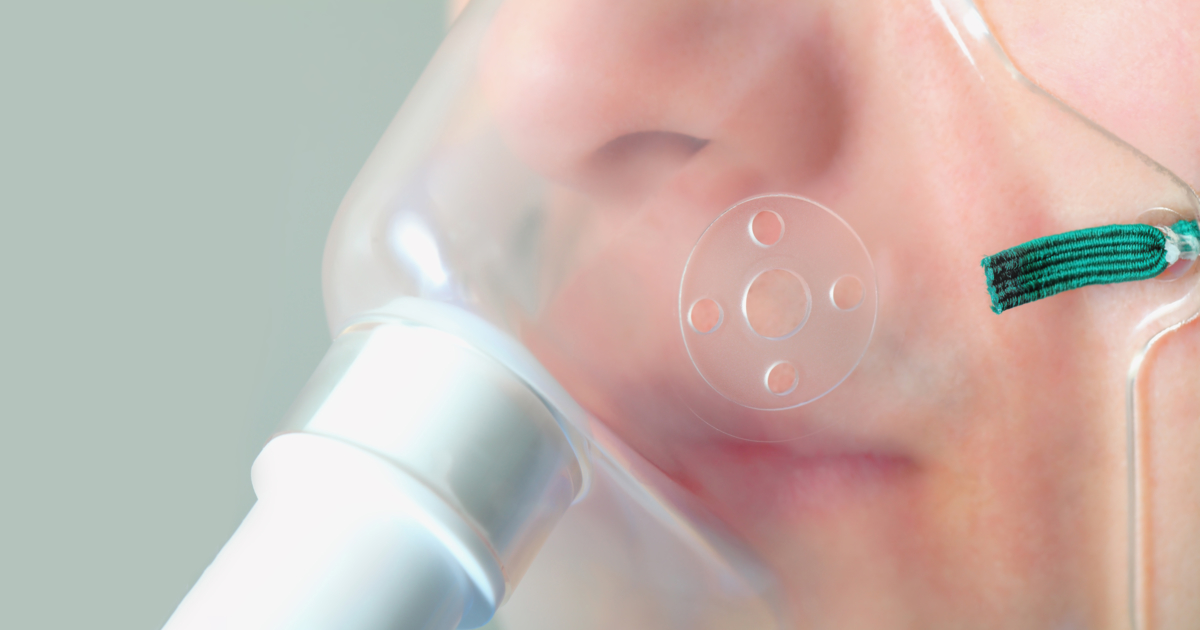Common Treatments To Reduce Lung Hyperinflation
Lung hyperinflation is a condition that occurs when air becomes trapped in the lungs, leading to overinflation. The condition might be caused by less elastic air sacs or air passage blockages, as both of these interfere with air expulsion from the lungs. Lung hyperinflation is commonly seen in those with chronic obstructive pulmonary disease because of the emphysema symptoms. Other lung problems, like cystic fibrosis and asthma, can lead to the development of lung hyperinflation. While an x-ray is usually used to diagnose the condition, x-ray imaging sometimes shows lung hyperinflation even when none is present. Doctors may use a CT scan to confirm the diagnosis.
Treatments vary depending on the severity and the underlying cause.
Oxygen Therapy

Oxygen therapy may be used to help with breathing and management of the condition, especially if the underlying cause is chronic obstructive pulmonary disease (COPD). Patients with COPD sometimes have a low exercise tolerance because of the decreased amount of oxygen being carried to their muscles. Using supplemental oxygen helps increase the amount of oxygen entering the lungs, allowing them to exercise more easily. In fact, supplemental oxygen has been shown to increase the lives of COPD patients. Lung hyperinflation leads to breathlessness and a reduction in exercise tolerance because part of the lungs isn't receiving fresh air. There have been a few studies specifically examining the effects of supplemental oxygen on hyperinflated lungs. When combined with exercise, patients using oxygen therapy had a larger decrease in hyperinflation than patients who exercised without oxygen.
Keep reading to reveal more about how to treat lung hyperinflation now.